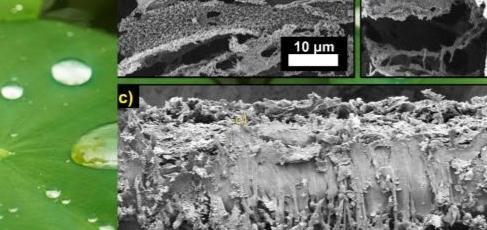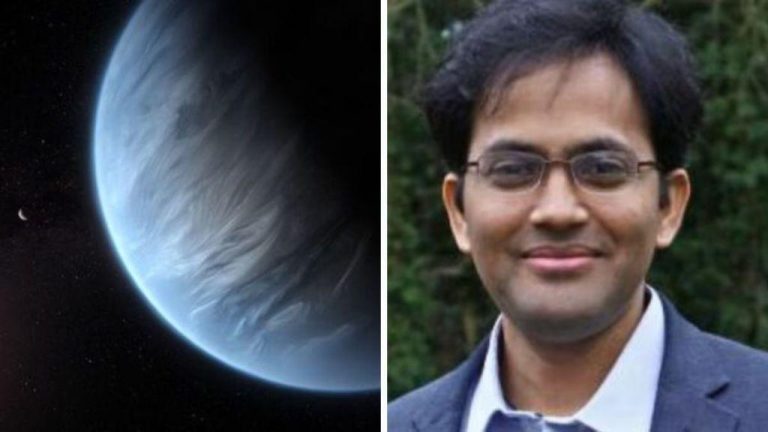
High School Student in US Discovers 1.5 Million Space Objects through AI
The world of space exploration has witnessed a remarkable breakthrough, courtesy of a high school student from California, USA. Matteo Paz, a bright and ambitious student, has made a groundbreaking discovery of 1.5 million previously unknown objects in space using artificial intelligence (AI). Paz’s achievement is a testament to the potential of AI in advancing our understanding of the universe and its many mysteries.
Paz’s journey began when he was just a sophomore in high school. He was fascinated by the vastness of space and the numerous objects that inhabit it. He started exploring NASA’s Near-Earth Object Wide-field Infrared Survey Explorer (NEOWISE) telescope data, which captures infrared measurements of celestial objects. Paz was determined to find a way to analyze these data more efficiently, using machine learning to identify patterns and variations that could reveal hidden insights.
After months of experimentation and trial-and-error, Paz developed a machine-learning technique that enabled him to detect and analyze the NEOWISE telescope’s infrared measurements with unprecedented accuracy. This innovative approach allowed him to identify a staggering 1.5 million previously unknown objects in space, including asteroids, comets, and other small bodies.
Paz’s discovery is a significant contribution to the field of astronomy, as it has the potential to revolutionize our understanding of the solar system. The new objects he discovered are likely to provide valuable insights into the formation and evolution of our solar system, as well as the potential risks and challenges posed by near-Earth objects.
Paz’s achievement did not go unnoticed. His discovery was recognized by the Regeneron Science Talent Search, a prestigious science competition that attracts top young scientists from around the world. Paz was awarded a cash prize of $250,000 for his outstanding work, a testament to the impact and significance of his discovery.
The use of AI in space exploration is a rapidly growing field, and Paz’s work is a shining example of its potential. By harnessing the power of machine learning and data analysis, scientists can uncover hidden patterns and insights that might have been previously inaccessible. As AI continues to evolve, it is likely to play an increasingly important role in advancing our understanding of the universe.
Paz’s discovery also highlights the importance of STEM education and the potential for young people to make a real impact in their chosen field. As a high school student, Paz’s achievement is a testament to the power of curiosity, determination, and hard work. His story serves as an inspiration to young people around the world, encouraging them to pursue their passions and make a difference in the world.
In conclusion, Matteo Paz’s discovery of 1.5 million previously unknown objects in space is a remarkable achievement that showcases the potential of AI in advancing our understanding of the universe. His innovative approach to data analysis and machine learning has opened up new avenues for research and exploration, and his story serves as a beacon of inspiration for young people around the world.
Source:
https://www.caltech.edu/about/news/exploring-space-with-AI






